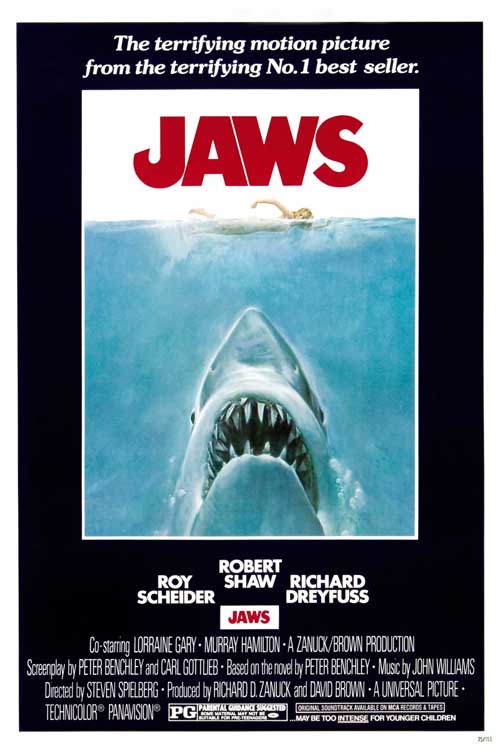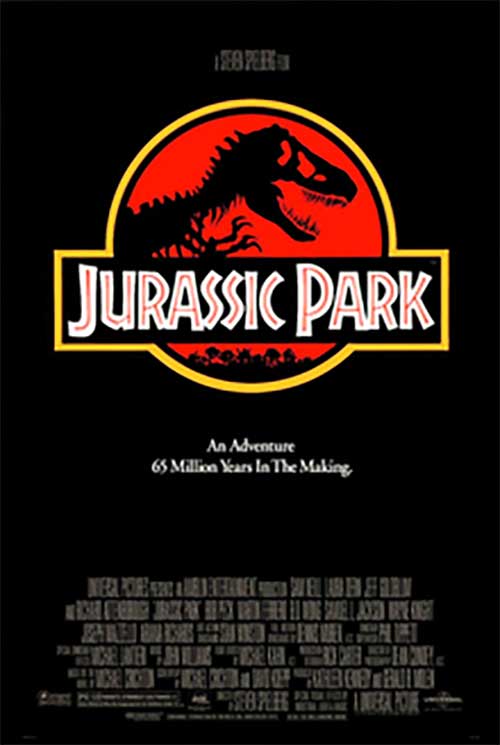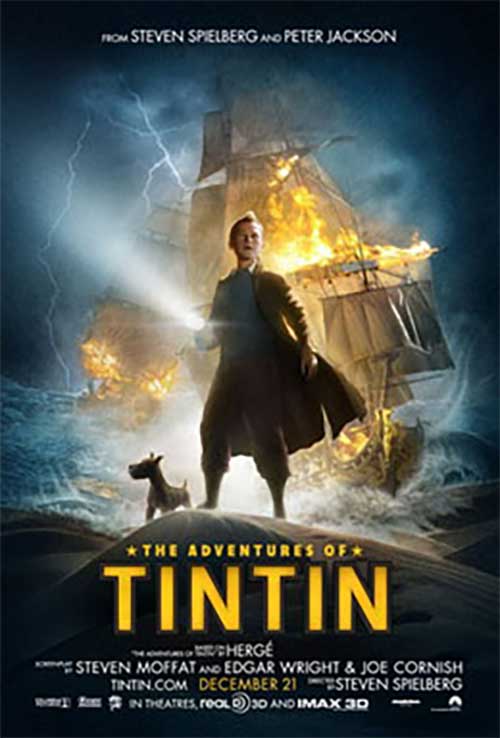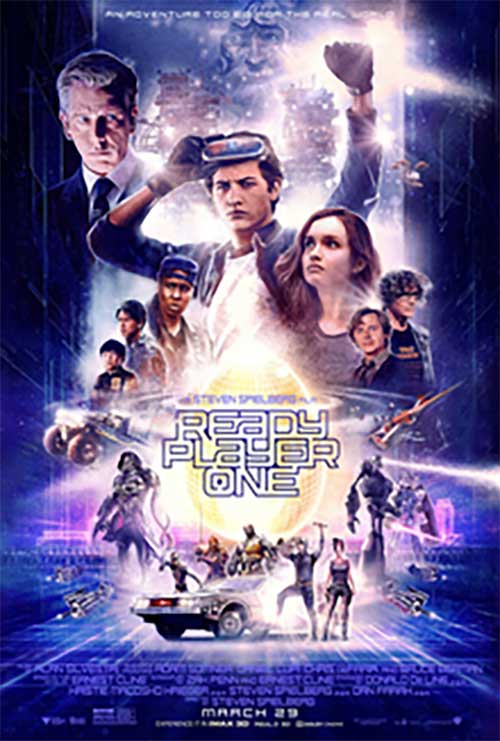 Image: Oriez (Wikipedia)
Image: Oriez (Wikipedia)
How Steven Spielberg Revolutionized Computer Animation
Steven Spielberg is a name synonymous with innovation in the film industry. His visionary approach not only created unforgettable movies but also revolutionized the world of computer animation. Spielberg's imagination, ambition, and willingness to push the boundaries of technology have left an indelible mark on the cinematic landscape.
If you're passionate about animation, visual effects, or video games, VANAS Online Animation School offers comprehensive programs to help you launch your career. Check out their offerings at VANAS.
First Movies
Steven Spielberg began his journey as a filmmaker with an uncanny ability to tell captivating stories. His early works, such as "Jaws" (1975) and "Close Encounters of the Third Kind" (1977), showcased his knack for blending storytelling with groundbreaking special effects. While these films did not heavily rely on computer animation, they set the stage for what was to come.
"Jaws" (1975)

Image: Roger Kastel (Wikipedia)
"Jaws" was a game-changer in many ways. The mechanical shark, affectionately known as Bruce, was an impressive feat of engineering for its time. Although not computer-generated, the film's success demonstrated Spielberg's ability to use technology to enhance storytelling. The suspenseful scenes and the menacing presence of the shark captivated audiences, making "Jaws" a classic.
"Close Encounters of the Third Kind" (1977)

Image: Columbia Pictures (Wikipedia)
In "Close Encounters of the Third Kind," Spielberg began to explore more sophisticated visual effects. The movie's depiction of alien spacecraft and otherworldly phenomena hinted at the director's future endeavors in computer animation. The film's climax, featuring the arrival of the mothership, was a visual spectacle that left a lasting impression on viewers.
Key Movies that Used CGI
Spielberg's true revolution in computer animation began in the late 1980s and early 1990s. His collaboration with Industrial Light & Magic (ILM) and other visual effects companies led to the creation of some of the most iconic CGI moments in film history.
"Jurassic Park" (1993)

Image: Universal Pictures, Amblin Entertainment (Wikipedia)
"Jurassic Park" is perhaps the most significant milestone in Spielberg's use of computer animation. The film's realistic depiction of dinosaurs was a groundbreaking achievement that changed the industry forever. Spielberg's vision, combined with the expertise of ILM, brought the prehistoric creatures to life in a way that had never been seen before.
"Jurassic Park" was a revelation. It showed that computer animation could be used to create entirely new worlds and beings that were believable and terrifying.
The memorable scenes of the T-Rex attack and the Velociraptors in the kitchen remain some of the most iconic uses of CGI in film history. These scenes not only thrilled audiences but also showcased the potential of computer animation in storytelling.
"The Adventures of Tintin" (2011)

Image: Paramount Pictures (Wikipedia)
Spielberg continued to push the boundaries of computer animation with "The Adventures of Tintin." This film was a fully animated 3D motion capture production, demonstrating Spielberg's willingness to embrace new technology. The film's detailed animation and dynamic action sequences highlighted the advancements in CGI and animation techniques.
"Ready Player One" (2018)

Image: Warner Bros Pictures (Wikipedia)
"Ready Player One" is another example of Spielberg's innovative use of computer animation. Set in a dystopian future where people escape into a virtual reality world, the film is a visual feast of CGI. The extensive use of computer animation to create the virtual world of the OASIS showcased Spielberg's continued ambition to explore and expand the possibilities of digital effects.
Spielberg's Imagination and Ambition
Steven Spielberg's impact on computer animation is not just about the technology; it's also about his imagination and ambition. He envisioned stories that required new ways of thinking about visual effects. His ability to see beyond the limitations of existing technology and push for innovation has inspired countless filmmakers and animators.
Visionary Storytelling
Spielberg's stories often required visual effects that had never been attempted before. His willingness to take risks and experiment with new techniques set him apart. Whether it was bringing dinosaurs to life in "Jurassic Park" or creating a fully digital world in "Ready Player One," Spielberg's vision drove the advancements in computer animation.
Collaborations and Innovations
Spielberg's collaborations with companies like ILM and Weta Digital were crucial in achieving his ambitious goals. These partnerships led to the development of new technologies and methods that have become standard in the industry. For example, the motion capture technology used in "The Adventures of Tintin" has been widely adopted in both film and video game production.
Memorable Scenes
Steven Spielberg's films are filled with memorable scenes that have left a lasting impact on audiences. These scenes often showcase the director's innovative use of computer animation.
The T-Rex Attack in "Jurassic Park"
One of the most unforgettable scenes in "Jurassic Park" is the T-Rex attack. The combination of animatronics and CGI created a terrifyingly realistic dinosaur that has become an iconic moment in cinema. The tension and suspense of the scene are enhanced by the seamless integration of practical effects and computer animation.
The Mothership in "Close Encounters of the Third Kind"
Although not heavily reliant on CGI, the arrival of the mothership in "Close Encounters of the Third Kind" is a visually stunning scene that showcases Spielberg's ability to create awe-inspiring moments. The intricate design and lighting effects used in the scene were groundbreaking for their time.
The Battle of Castle Anorak in "Ready Player One"
In "Ready Player One," the climactic battle at Castle Anorak is a showcase of CGI at its finest. The scene features a plethora of pop culture references and dynamic action sequences that could only be achieved through advanced computer animation. Spielberg's ability to blend the digital and real worlds creates a thrilling and immersive experience.
The Rest of the Film Industry Followed
Spielberg's pioneering work in computer animation set a precedent for the entire film industry. His success with CGI inspired other filmmakers to explore the possibilities of digital effects. Today, computer animation is a standard part of filmmaking, with many movies relying heavily on CGI to tell their stories.
Influencing a Generation of Filmmakers
Directors like Peter Jackson, James Cameron, and the Wachowskis have all cited Spielberg as an influence in their use of computer animation. Movies such as "The Lord of the Rings," "Avatar," and "The Matrix" have pushed the boundaries of CGI, following in Spielberg's footsteps.
Advancements in Technology
The advancements in technology driven by Spielberg's films have had a ripple effect across the industry. Motion capture, digital doubles, and photorealistic CGI are now commonplace in both films and video games. These technologies have opened up new creative possibilities for filmmakers and animators.
Frequently Asked Questions
How did Steven Spielberg revolutionize computer animation?
Spielberg revolutionized computer animation by pushing the boundaries of what was possible with CGI. His films like "Jurassic Park" and "Ready Player One" showcased groundbreaking uses of computer animation, setting new standards for the industry.
What are some key movies where Spielberg used CGI?
Key movies include "Jurassic Park," "The Adventures of Tintin," and "Ready Player One." These films demonstrated Spielberg's innovative use of computer animation to create realistic and immersive worlds.
How did Spielberg's imagination and ambition influence computer animation?
Spielberg's imagination and ambition drove him to envision stories that required new visual effects techniques. His willingness to collaborate with pioneering visual effects companies led to the development of new technologies and methods that have become industry standards.
How has the rest of the film industry followed Spielberg's lead?
Spielberg's success with computer animation inspired other filmmakers to explore digital effects. Directors like Peter Jackson and James Cameron have cited Spielberg as an influence, and advancements in technology driven by Spielberg's films have become commonplace in the industry.
Key Takeaways
- Steven Spielberg revolutionized computer animation with his innovative use of CGI in films like "Jurassic Park" and "Ready Player One."
- His imagination and ambition drove him to push the boundaries of what was possible with visual effects.
- Memorable scenes from his films have left a lasting impact on audiences and set new standards for the industry.
- Spielberg's pioneering work influenced a generation of filmmakers and led to advancements in technology that are now standard in the film industry.
Steven Spielberg's impact on computer animation is undeniable. His visionary approach and willingness to push the boundaries of technology have revolutionized the film industry. By creating unforgettable scenes and inspiring future filmmakers, Spielberg has left an indelible mark on cinema.
If you're inspired by Spielberg's work and want to learn more about animation, visual effects, and video games, consider enrolling at VANAS Online Animation School. Their comprehensive programs are designed to help you bring your creative visions to life. Start your journey today at VANAS.







